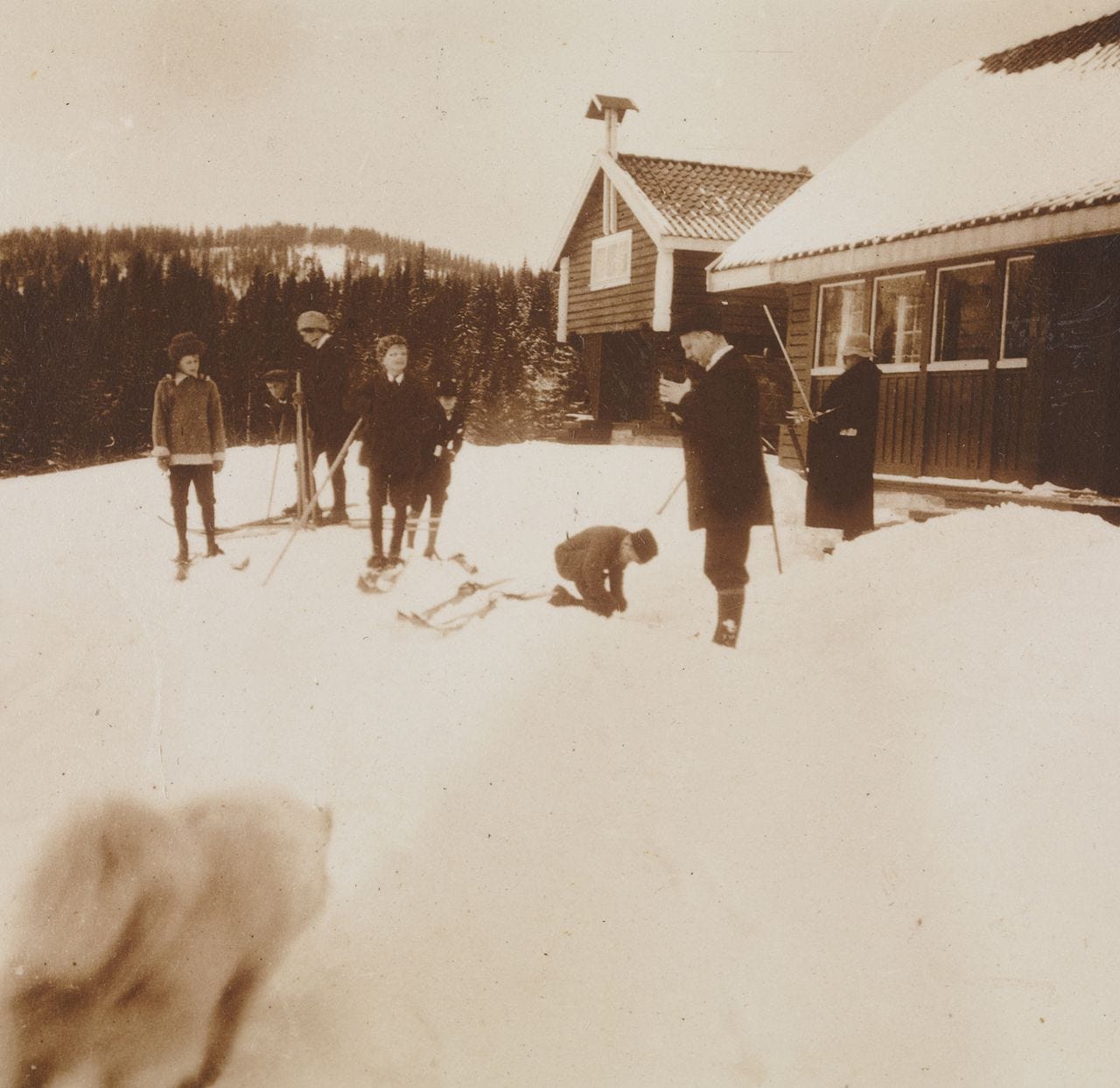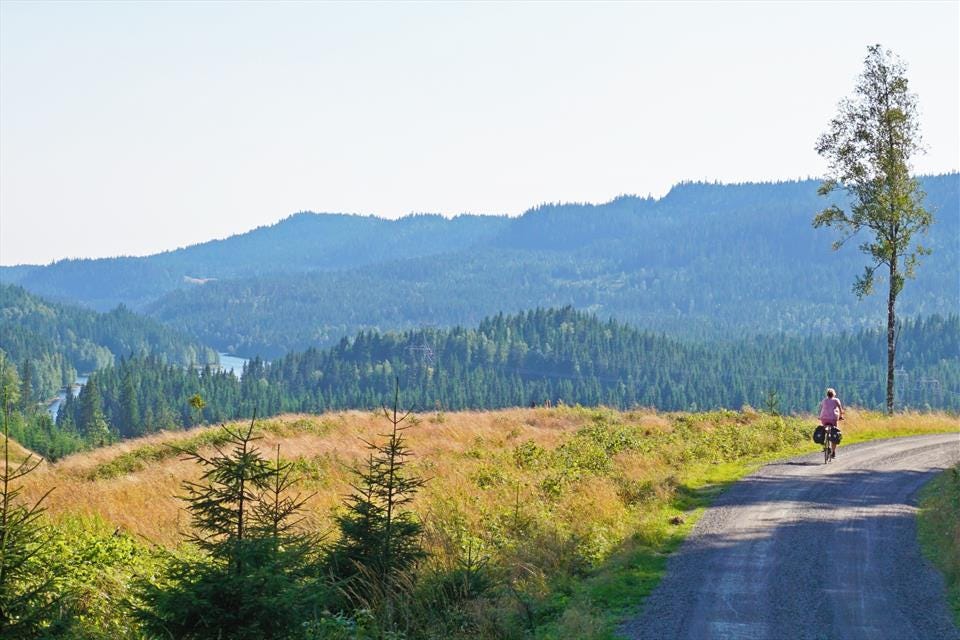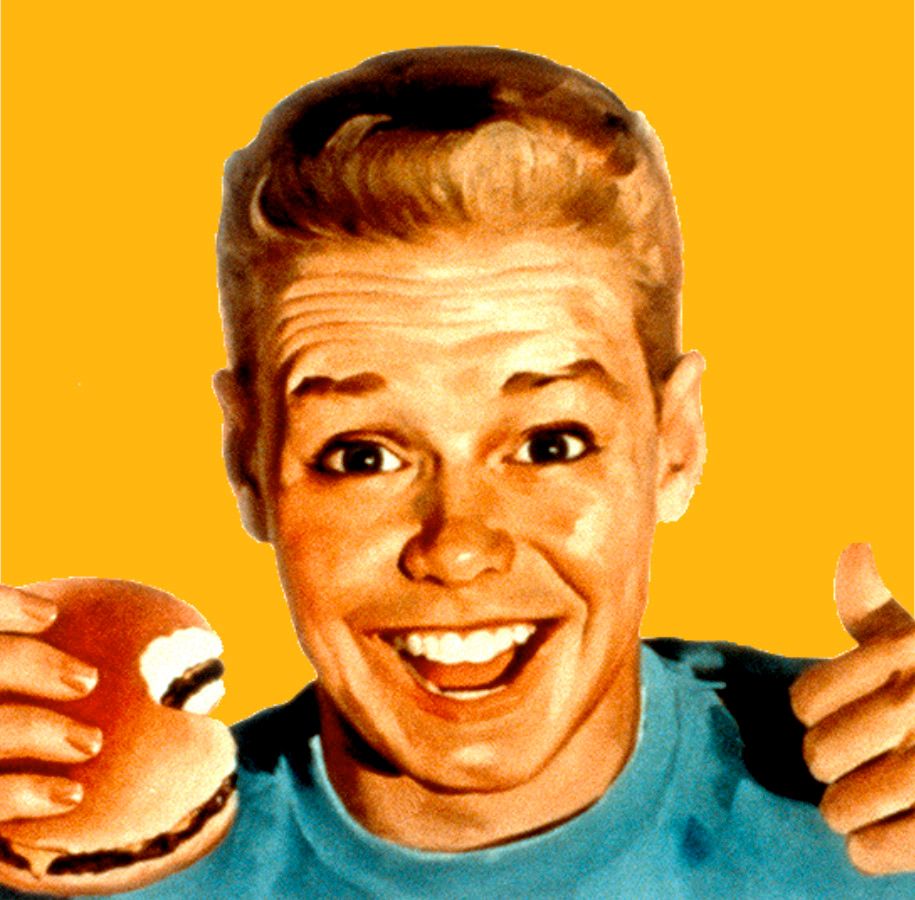Friluftsliv: The Norwegian Way of Outdoor Life
“Det finnes ikke dårlig vær, bare dårlige klær”—So goes a Norwegian adage that translates to “There is no such thing as bad weather, only bad clothes.” It’s a well-suited aphorism. Norway’s harsh climate, paired with a culture rooted in the outdoors, requires proper attire. It’s known as “friluftsliv”—“free-air life” or, more accurately, “outdoor life.”
Friluftsliv is ingrained from an early age. Kids spend half the day of kindergarten outside, and I cannot remember school ever being delayed or canceled because of the weather. Snow berms two feet above a six-year-old’s head? Toughen up, kid. It (hopefully) won’t cave in over you. I literally stood on cross-country skis before I could walk.

While friluftsliv has been around since lord-knows-when, the word was first coined in Henrik Ibsen’s 1859 poem På Viddene (On the Plains) with the line “Outdoor life for my thoughts.” The phrase stuck, and today, the official definition per the Norwegian government reads: “Outdoor life is the experience and physical activity in the open air during your free time with the aim of environmental change and experiencing nature.” In most Scandinavian countries, anything considered “nature” is public property. It is known as “allmannsrett”—“every man’s right.” (Weirdly not made gender neutral.)
Typical examples of friluftsliv are predictable: Hikes in the woods and mountains are common, and on Sundays, you typically say, “Have a good hike” instead of “Have a good day.” As stand-offish and cold as Norwegian culture is, things change during hikes. People greet each other and sometimes even talk to strangers. Impressive for a culture where, more often than not, you go through the grocery store checkout without saying a word.
And, to be clear, while Sunday hikes are common in many parts of the world, in Norway, it’s the norm—no exaggeration.

Norway may be a gun-shy country, yet hunting is entirely typical. While you need a rifle and hunting license—both require extensive training, tests, and permits—it is something many gladly will go through to participate in deer hunting season.
Globally, friluftsliv garnered some attention during the height of the pandemic lockdown. “Is friluftsliv the new hygge?” asked National Geographics in a story that dug into the psychology behind friluftsliv (and how it related to COVID). That is a fair angle, but I maintain culture and history—and landscape—are more of an apt background.
As for the adage promoting appropriate clothing: It’s a cute saying—and even rhymes in Norwegian—but it raised some concerns when friluftsliv went global. Outdoor apparel doesn't come cheap. That is not as much of an issue in Norway as it is what people tend to buy anyway. Friluftsliv aside, picking up a Helly Hansen jacket is stomachable when colder seasons dominate. It might be more of a frivolous investment in places where conditions aren’t quite as harsh, but it’s worth remembering that Norway is a casual country with the highest per-capita ownership of jeans in the world.
The term “friluftsliv” might not have the global reach “hygge” has, but it has put a name on something familiar in places where an outdoor lifestyle is prevalent. It only made sense when the Seattle Times wrote an article on it a few years back. Not only is the outdoors treated very similarly here in the Pacific Northwest as in Norway, but we also have an equivalent style of practical fashion.
And friluftsliv is a concept that does deserve to catch on. It’s good for body and mind—so much so that it is the most common prescription for depression in Norway. Another Norwegian adage: “Ut på tur, aldri sur!”—“Out on a hike, never grumpy!”
If nothing else, it will always be a step up from Janteloven as far as Norwegian export goes.
Web Source
Friluftsliv. (2023, January 4). In Wikipedia. no.wikipedia.org/wiki/Friluftsliv
